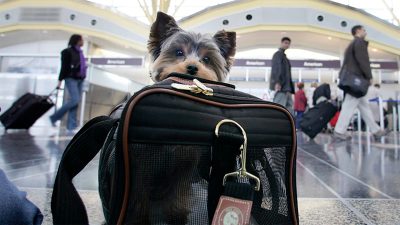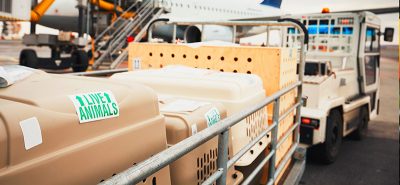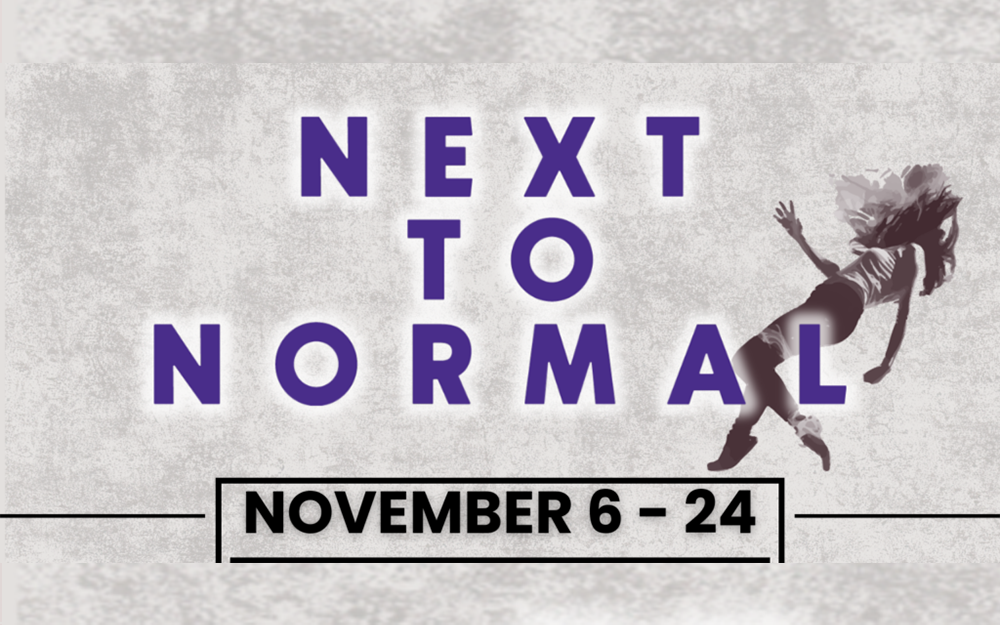
By Janet McAfee
Americans are traveling more than ever because Covid restrictions have eased. Many of them would like Fido or Fluffy with them on airplane trips. The complexity of pet airline travel may be familiar to our Coachella Valley snowbirds, but others need to be informed and prepare.
Determine ahead of time if your pet will make a good traveler, including whether he reacts favorably when you take him out in public. Make sure your dog is obedience trained, and of course house trained. Don’t bring an annoying barking pup on any public transit system.
Airlines seeking to attract travelers with pets welcome them but have pet policies in place. Advance preparation is a complex process for those who have not yet navigated taking a pet on an airplane. To make it even more challenging, different airlines have different procedures for animals to board their flights, and different destinations may have unique requirements as well. Check airline websites for requirements. You must book your pet’s flight, and airlines require advance payment. Some airlines limit the number of animals onboard each airplane.
 Well before your trip, have a discussion with your vet. Update any needed vaccinations, review any preexisting medical conditions, and try out any new medications prior to travel time. Your end destination, especially if to another country, could require extensive paperwork with a timeline.
Well before your trip, have a discussion with your vet. Update any needed vaccinations, review any preexisting medical conditions, and try out any new medications prior to travel time. Your end destination, especially if to another country, could require extensive paperwork with a timeline.
United Airlines requires your pet be within a certain age range, travel with an adult passenger, charges a fee, and documentation depending on your destination. All airlines require a recent Health Certificate from a veterinarian, and pets must remain inside a pet carrier.
If your pet is not used to being in a carrier, acclimate them to being inside it. Place it in the living room or bedroom with the door open so they can enter at will. Get them used to traveling in their crate before the trip to the airport.
Discuss anti-anxiety medications with your vet if you have an anxious dog or cat. They can prescribe medications to help them relax. Benadryl may be an option to help overly active animals sleep during the flight, but it does not ease anxiety. Check with a veterinarian as to dosage of Benadryl.
 Only small animals can accompany their humans in the passenger section. The weight requirement varies from airline to airline, and larger animals must travel crated in the cargo section below. Traveling in cargo poses a greater risk for an animal as this area is rarely climate controlled which exposes your pet to very high and/or low temperatures.
Only small animals can accompany their humans in the passenger section. The weight requirement varies from airline to airline, and larger animals must travel crated in the cargo section below. Traveling in cargo poses a greater risk for an animal as this area is rarely climate controlled which exposes your pet to very high and/or low temperatures.
Veterinarian Dr. Jeremy Kimmelstiel advises, “Temperature variations are usually tolerated quite well by healthy adult dogs and cats, but there are certainly exceptions. Flat nosed Brachycephalic dogs such as French Bulldogs are more prone to overheating. Puppies, kittens and senior pets are more likely to suffer from hypo and hyperthermia.” Please book a direct flight if your animal is traveling cargo because of the slight risk of animals getting lost during flight transfer.
A veterinarian needs to examine your pet to issue the required health certificate. This can range in cost from $200 upwards to $600 depending on any additional requirements such as rabies or deworming. Bringing a pet onboard is not an inexpensive venture. your dog will enjoy the adventure of being with you in a new location. Hotels and other businesses have discovered that it’s good business to accommodate pets.
Happy traveling with your precious pet!












































